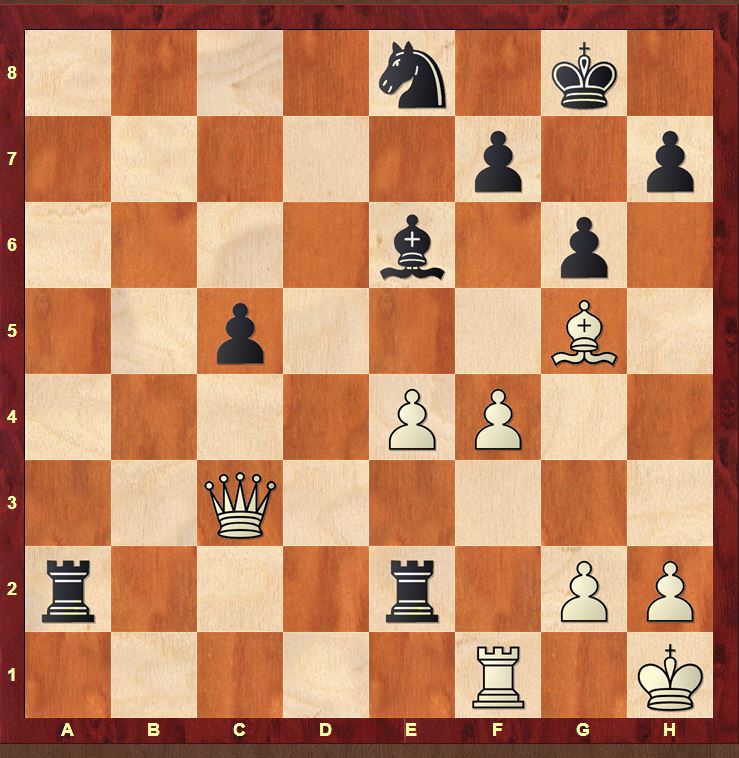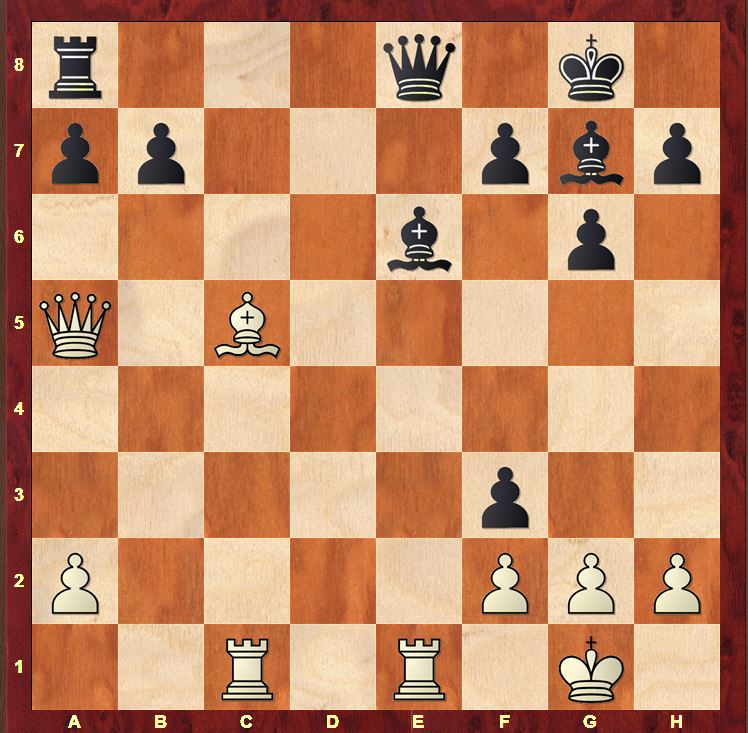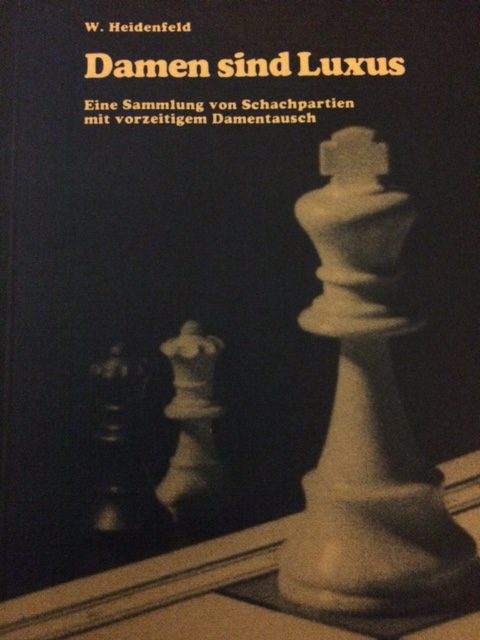Whilst in England for Mother’s Day last weekend, I spent a couple of hours browsing through my old scorebooks again. A lot of memories there, some of which I thought might be interesting to share. As always, playable versions of these games are available at http://cloudserver.chessbase.com/MTIyMTYx/replay.html. We’ll start off with the very first tournament game …
I didn’t feel in great shape at the last 4 NCL weekend in March, but I did have an interesting middlegame on the Sunday morning which gave me some nice analysis practice on the early morning flight back to Amsterdam! My preparation for the weekend had mainly consisted of analysing games of HE Atkins and …
The Yorkshiremen F.D Yates and H.E. Atkins were frequent rivals in the British Championships from 1909 until Yates’ untimely death in 1932. Yates came second to Atkins in 4 of Atkins’ 9 British Championship victories! The first game in this article is taken from the match played in 1912 to decide the winner of the …
After my series on 6-times British Champion F.D. Yates, my friend Steve Giddins suggested that I look at the games of one of the 2 players to have exceeded Yates’ record of British Championships: H.E. Atkins (1872-1955), 9-times British Champion (as Steve Giddins pointed out, Jonathan Penrose is the record-holder with 10 victories between 1958 …
In the last few weeks, I’ve spent some time in the train analysing positions from a book “Damen sind Luxus” (“Queens are a luxury”) by W. Heidenfeld which my friend Steve Giddins leant to me over Christmas. I made a few little discoveries which I thought I’d share with you in this article. The games …








Recent Comments